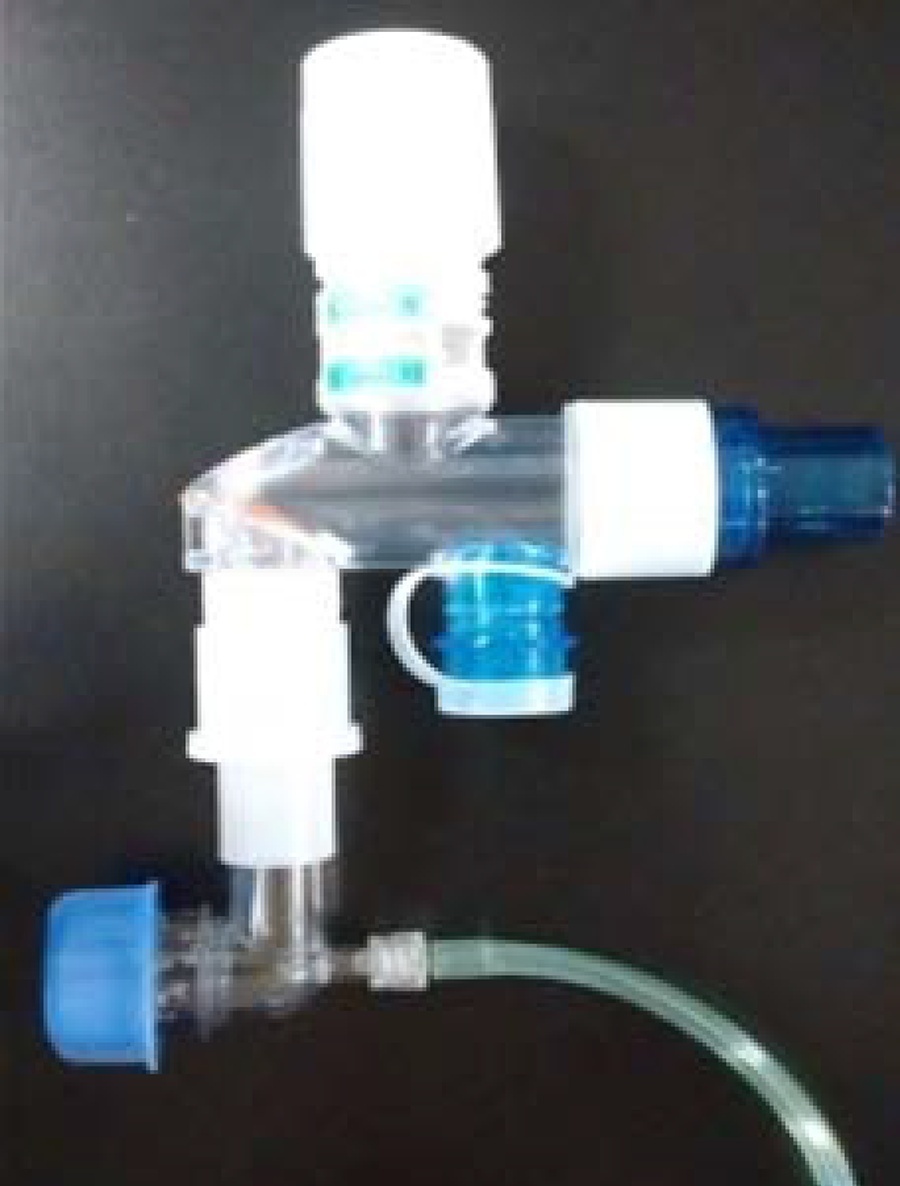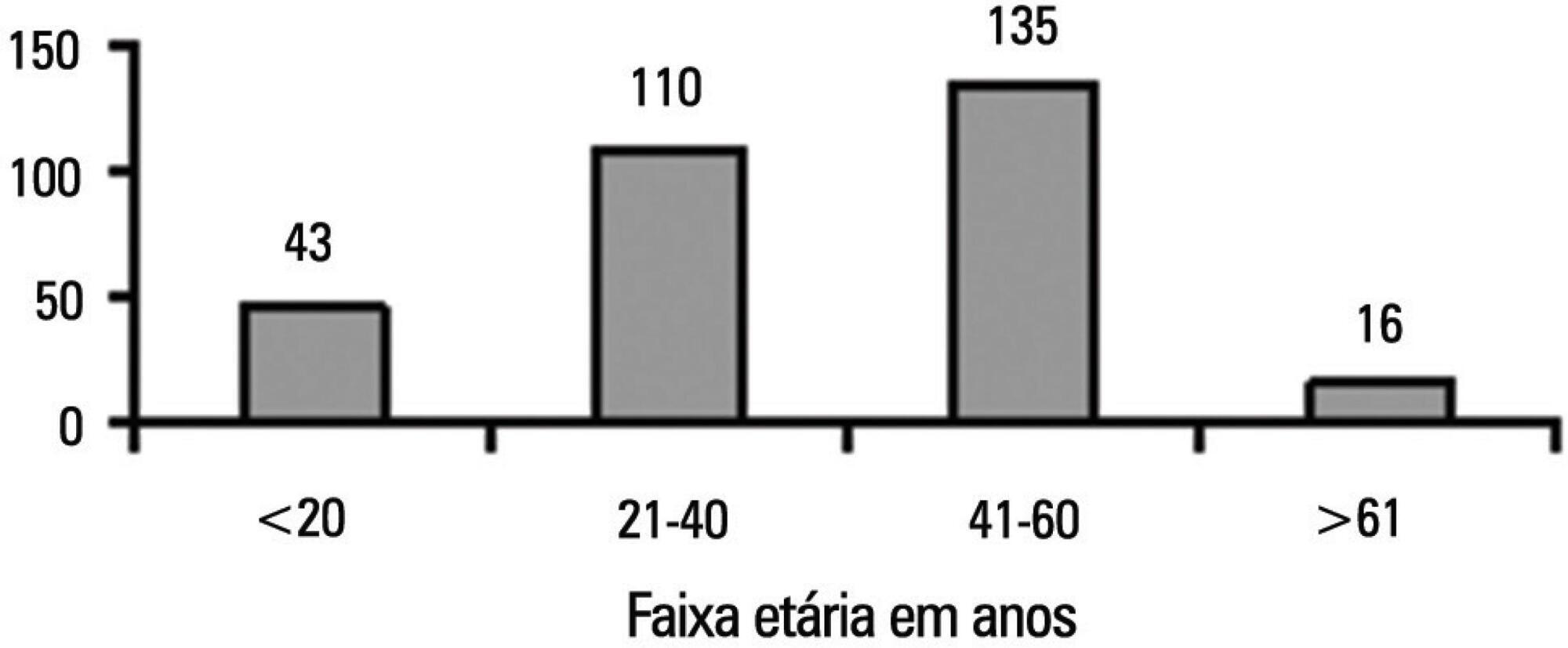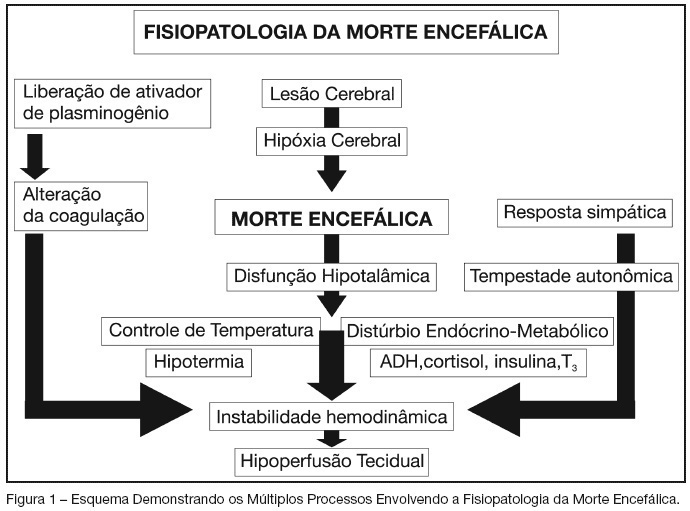Abstract
Rev Bras Ter Intensiva. 2021;33(2):290-297
DOI 10.5935/0103-507X.20210037
To analyze the impact of Resolution 2.173/2017 of the Federal Council of Medicine on results from the Central Estadual de Transplantes de Santa Catarina.
This was a cross-sectional observational study of medical records of all patients (1,605) with suspected brain death notified to the Central Estadual de Transplantes de Santa Catarina; for this study, procedures to confirm this diagnosis were initiated between July 2016 and December 2017 and between January 2018 and June 2019. The median duration of the protocol in each period was considered for the comparison between the intervals. The collected data were transformed into rates (per million population). The mean rates for the periods before and after the implementation of the protocol were analyzed by Student’s t-test, and qualitative variables were analyzed by Pearson’s chi-squared test.
The mean duration of brain death confirmation procedures decreased more than 1 hour in the second period compared to the first period, with statistical significance (p = 0.001). The rates of harvested livers and transplanted pancreas, the number of notifications by hospital size and the rate of cardiac arrest in the macro-region of the Itajaí Valley were significantly different between the two periods.
In the period after the new resolution on brain death, there was a reduction in the duration for diagnosis. However, other indicators did not change significantly, providing evidence for the multidimensional nature of the organ transplantation process in Santa Catarina and the need for further studies to better understand and optimize the process.
Abstract
Rev Bras Ter Intensiva. 2020;32(4):571-577
DOI 10.5935/0103-507X.20200095
To describe the results from the implementation of a respiratory care and mechanical ventilation protocol on potential lung donors who met the conditions for procurement. The secondary objective is to compare the results with historical data.
This was a retrospective, observational study. It included potential donors suitable for procurement of organs who had brain death and were hospitalized in critical care units of the Autonomous City of Buenos Aires from April 2017 to March 2018. Main variables: number of potential lung donors that reached the objective of procurement, rate of lungs procured, and rate of implanted lungs. Values of p < 0.05 were considered significant.
Thirty potential lung donors were included, and 23 (88.5%; 95%CI 69.8 - 97.6) met the oxygenation objective. Twenty potential lung donors donated organs, of whom eight donated lungs, with which four double lung transplants and eight single lung transplants were performed. Seven of 12 lungs were procured and implanted in the preprotocol period, while all 12 were under the protocol (p = 0.38). The implantation rate was 58.3% (7/12) in the historical control period and 100% (12/12) (p = 0.04) in the study period.

Abstract
Rev Bras Ter Intensiva. 2014;26(1):21-27
DOI 10.5935/0103-507X.20140004
To characterize the profile of effective organ and tissue donors and to understand which organs and tissues were donated for transplantation.
This was a quantitative, descriptive, exploratory, retrospective study that analyzed clinical data from 305 donors between January 2006 to December 2010. The data were then analyzed using descriptive analyses, generating frequency tables, measures of position (mean, minimum and maximum) and measures of dispersion (standard deviation) for data that was social and clinical in nature.
There was an overall predominance of white (72%) and male (55%) individuals between the ages of 41 and 60 years (44%). The primary cause of brain death was cerebrovascular accident (55%). In the patient history, 31% of the patients were classified as overweight, 27% as hypertensive and only 4.3% as having diabetes mellitus. Vasoactive drugs were used in 92.7% of the donors, and the main drug of choice was noradrenaline (81.6%). Hyperglycemia and hypernatremia were diagnosed in 78% and 71% of the donors, respectively.
Significant hemodynamic changes were found, and the results indicate that the use of vasoactive drugs was the main strategy used to control these changes. Furthermore, most donors presented with hyperglycemia and hypernatremia, which were frequently reported in association with brain death. The persistent nature of these findings suggests that the organ donors were inadequately maintained.

Abstract
Rev Bras Ter Intensiva. 2013;25(4):279-283
DOI 10.5935/0103-507X.20130048
To evaluate the level of knowledge of medical students about transplantation and brain death.
An anonymous self-administered questionnaire answered by medical students from the first through the sixth year that was based on information from the Associação Brasileira de Transplante de Órgãos e Tecidos, the Registro Brasileiro de Transplantes and the resolution that defines the criteria for brain death.
Of the 677 medical students asked, 310 (45.8%) agreed to answer the questionnaire. In total, 22 (7.0%) subjects were excluded. Of the students who participated, 41.3% reported having already attended a class on organ transplantation and 33% on brain death; 9.7% felt able to diagnose brain death (p<0.01); only 66.8% indicated the kidney as the most transplanted solid organ in Brazil.
The level of knowledge of medical students at this institution regarding brain death and transplantation is limited, which may be the result of an inadequate approach during medical school.
Abstract
Rev Bras Ter Intensiva. 2007;19(2):197-204
DOI 10.1590/S0103-507X2007000200010
BACKGROUND AND OBJECTIVES: Organ transplantation has long been considered the treatment of choice for many end-stage organ diseases. As soon as transplantation turned to be a viable therapy, organ shortage became the major limitation for the procedures. Nowadays, there is an increasing imbalance between organ supply and demand. Apparently, the most promising way to increase organ supply is optimizing the care for the brain death organ donor. The objective of this manuscript was to review the pathophysiological aspects and therapeutic strategies for the optimized care of the potential organ donor. CONTENTS: Brain death causes a massive catecholamine release, inducing a variety of deleterious effects that can threat organ perfusion. Studies have documented a sudden decrease in cortisol, insulin, thyroid and pituitary hormones. In this scenario of hemodynamic and metabolic instability, a special attention to the multiple organ donor support is required. CONCLUSIONS: An extensive knowledge of the complex brain death pathophysiology is extremely important for the implementation of rational aggressive management protocols of the potential organ donor, aiming to increase the number of harvested organs and the number of organs harvested per donor.
Abstract
Rev Bras Ter Intensiva. 2007;19(2):144-150
DOI 10.1590/S0103-507X2007000200002
BACKGROUND AND OBJECTIVES: Because brain death (BD) is a new concept and little divulged, it’s not well accepted in general population, including doctors and Medical students. This study aims to evaluate the knowledge of a sample of Medical students on the Brazilian BD diagnosis protocol. METHODS: Descriptive cross-sectional survey that evaluated students from two medical schools in Salvador-BA. We used a questionnaire composed by questions about technical and ethical knowledge contained in the Federal Council of Medicine’s Resolution nº 1480/97 that establishes the criteria for BD diagnosis. RESULTS: We evaluated 115 Medical students. In 14 questions about the knowledge of BD criteria, the mean of right answers were 6.7 ± 1.8, which were higher among the students that had attended some presentation on BD. Most of the students (87.4%) knew how to identify the candidates to the BD diagnosis protocol. However, only 5.2% and 16.1% of the students answered right, respectively, the clinical and complementary tests that should be accomplished during the diagnosis protocol. Facing a no-donor patient with confirmed diagnosis of BD, 66.4% referred that artificial life support should be suspended. Only 15% of the interviewed students had already evaluated a patient with BD, being this percentage higher among those who had already frequented ICU (38.2% versus 5.1%; p < 0.001). CONCLUSIONS: The results of this study showed a limited knowledge of the evaluated students on BD diagnosis criteria, mainly in relation to the practical approach of this condition.
Abstract
Rev Bras Ter Intensiva. 2007;19(1):74-84
DOI 10.1590/S0103-507X2007000100010
BACKGROUND AND OBJECTIVES: Organ transplantation is now an accepted option for end stage organ disease in well selected patients. This position is a result of great advances in the field of immunology, critical care medicine and pharmacology. However, organ transplantation is now suffering from its own success as the number of patients in waiting lists is dramatically increasing the same is not happening with organ availability results in increasing number of mortalities while waiting for transplantation. Transplant community responses to this situation consist of reviewing the criteria for organ acceptability and developing new strategies to get organs as the called non-heart beating organ donors. CONTENTS: However the physiopathology of brain death and its consequences are now better understood helping in such patients' management. The purpose of this review is to help to identify the most important clinical and therapeutic aspects related to its physiopathology as depletion of vasoactives substances and its importance in the management of cardio and respiratory systems. We also discuss endocrine and hidroelectrolytes disturbances. Organ specific data are also focused in order to offer a whole view of donor management. CONCLUSIONS: It is important to observe that new technologies will be available in the near future to diminish the low rate between organ availability and organ waiting patients. In conclusion, with the raising numbers in transplant waiting lists and scarce resources of organs make us believe that we have to improve the management of multi organ donors and the preservation technology in order to reduce the mortality in such waiting lists.
